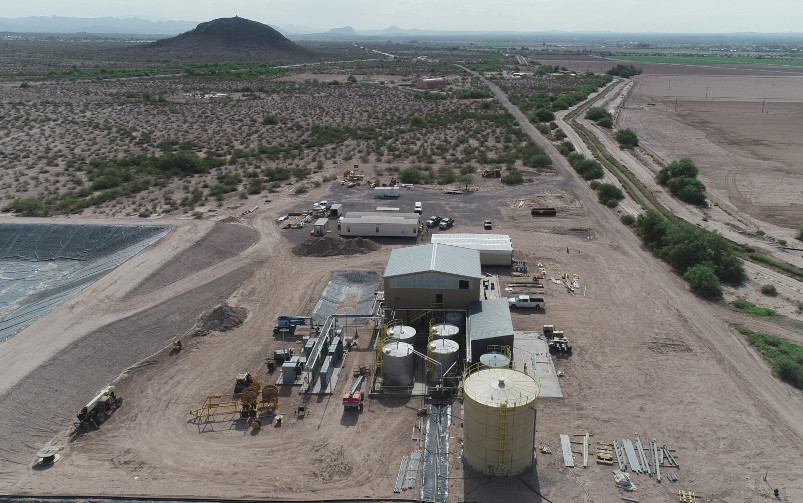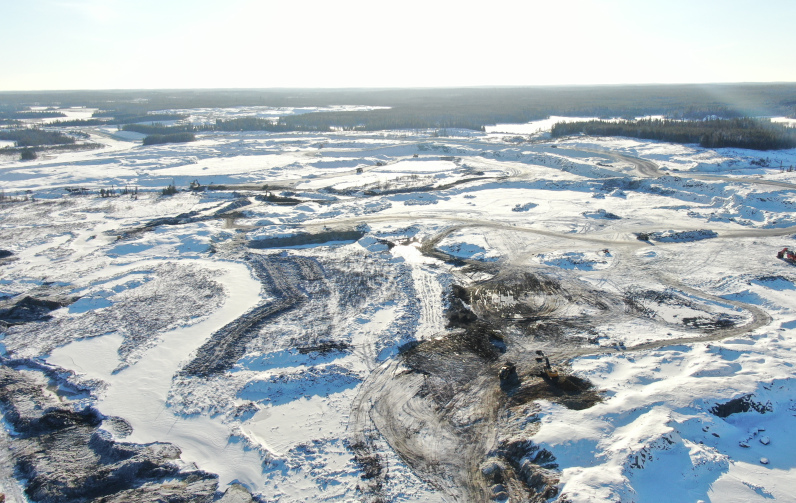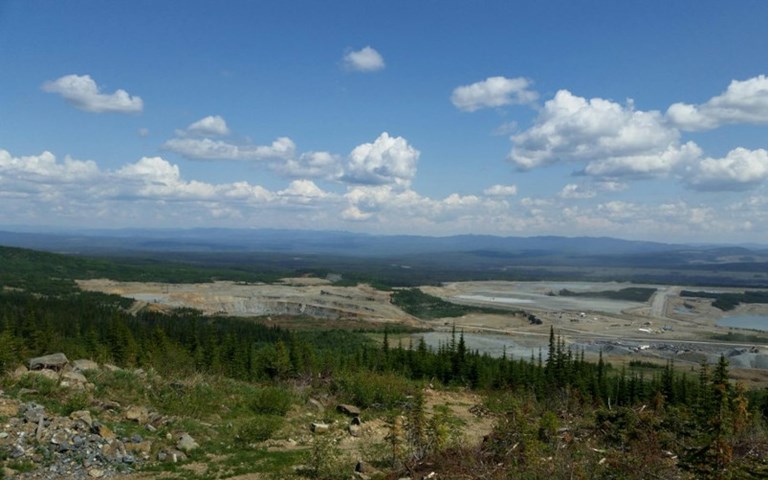The Quesnel terrane, a part of which is included in the project, is home to numerous mines, including Centerra Gold's Mount Milligan (pictured). Courtesy of Centerra Gold.
The University of British Columbia Mineral Deposit Research Unit (MDRU) has devised a new project that makes use of Geoscience BC’s existing geophysical data to help identify new critical minerals deposits in British Columbia’s north central region.
The area targeted by the project includes a portion of the Quesnel terrane situated between Williams Lake and Mackenzie. The Quesnel terrane, a deposit belt that spans the length of B.C. and is best known for porphyry copper-gold with silver and/or molybdenum deposits, is host to a number of known mines, including Centerra Gold’s Mount Milligan, Imperial Metals’ Mount Polley and Taseko’s Gibraltar.
In the area of interest for the project, however, the terrane is largely buried under thick sediments left behind by glaciers. This has made mapping and sampling the bedrock at its surface hard to achieve. Using existing data, the MDRU is aiming to “look” past the sand and gravel, into the bedrock.
Related: Mount Polley returns
As the province strives to discover new deposits of critical minerals, the project will provide updated geological interpretations for the central Quesnel terrane. The new models will help facilitate the identification of settings that may be more likely to host economic mineralization for geologists and explorers.
The data used by the project was first compiled by Geoscience BC’s QUEST project in 2007, which conducted geochemical and geophysical surveys on the Quesnel terrane in that area. The MDRU will use the electromagnetic and gravity data from the surveys to help define the nature of the bedrock and differentiate between volcanic domains. It will also aim to find potential host mineralized zones by identifying intrusive structures and bodies.
According to Geoscience BC, the data targeted by the project has been underused in interpreting the area’s bedrock that is covered by glacial till, but shows promise with the MDRU’s methods.
"This project will build on the data and interpretations developed in a number of previous Geoscience BC-supported projects, including QUEST and CICGR [Central Interior Copper-Gold Research],” said Christa Pellet, Geoscience BC vice-president, minerals, “thereby continuing to improve our understanding of an area that is considered highly prospective.”




